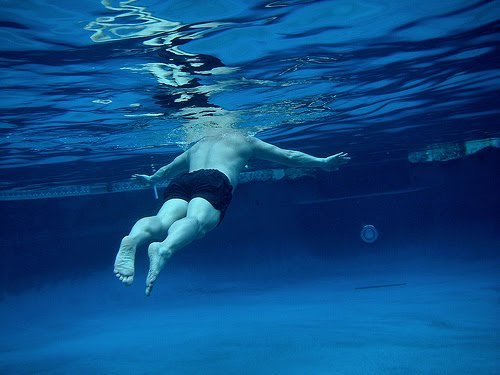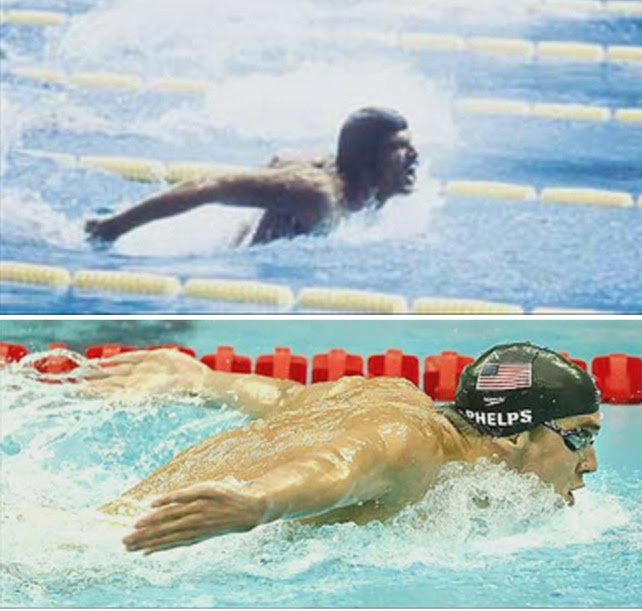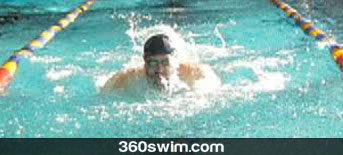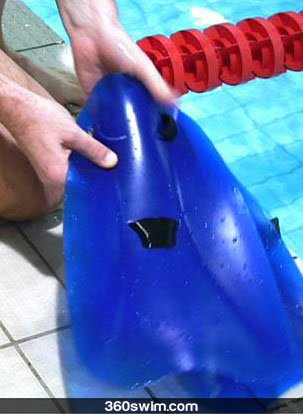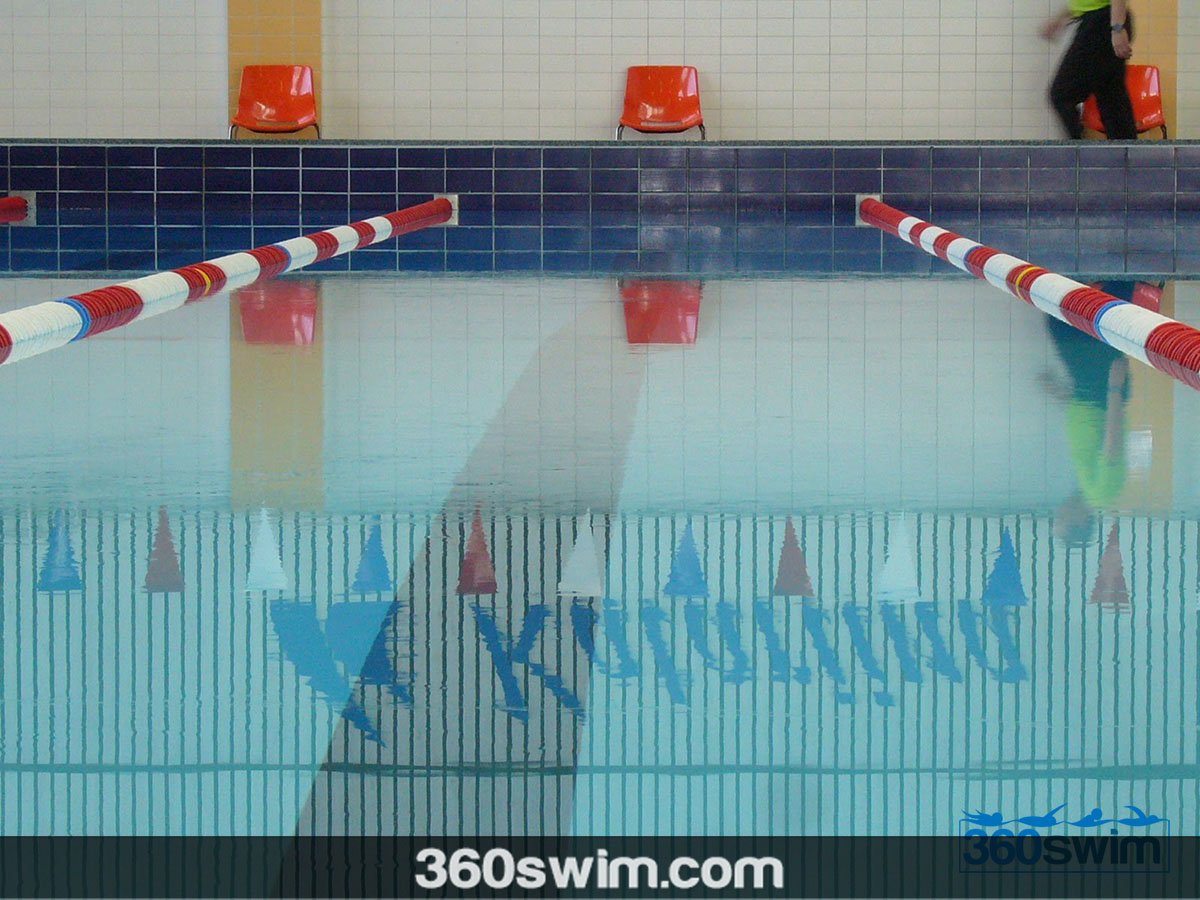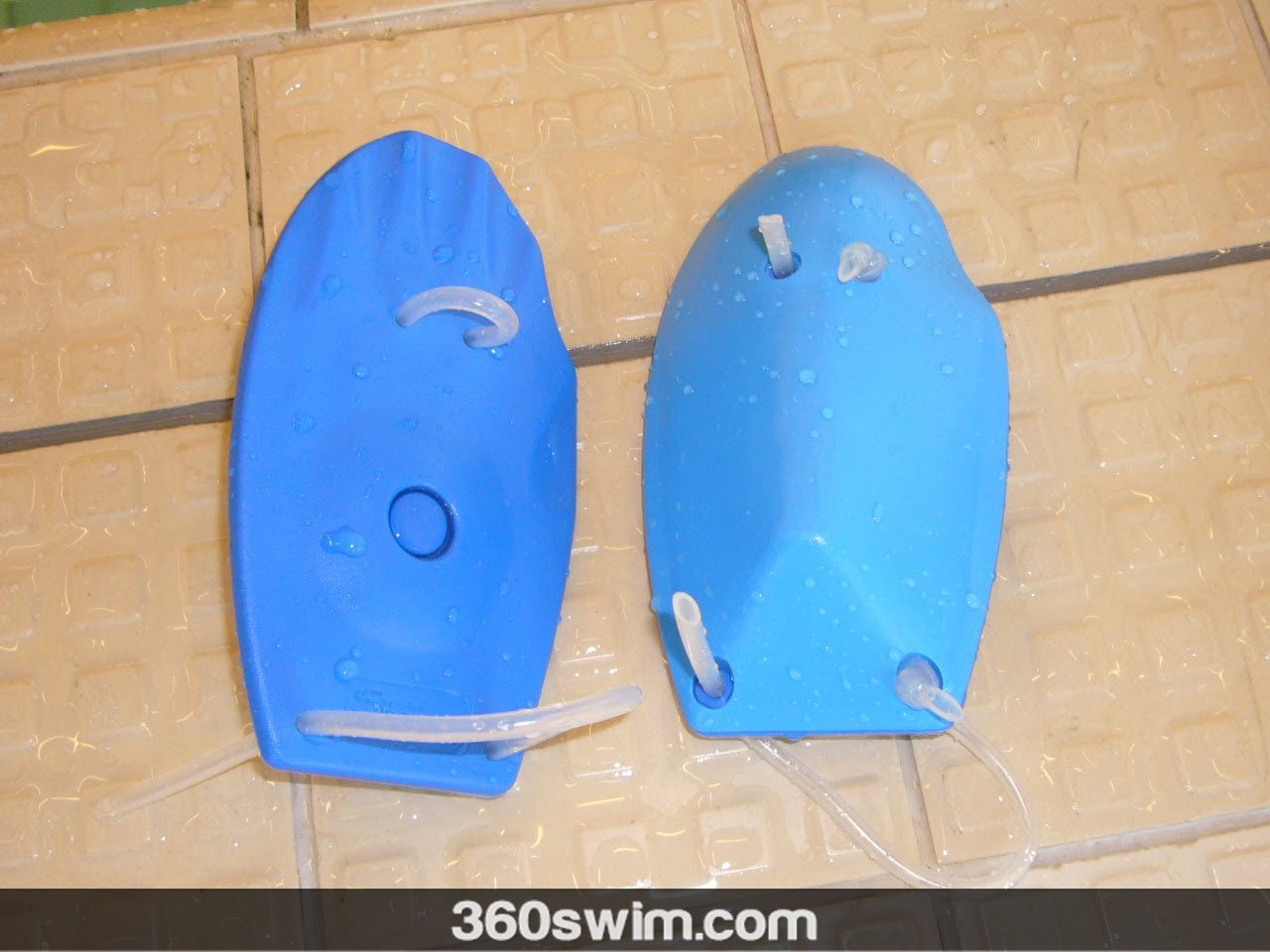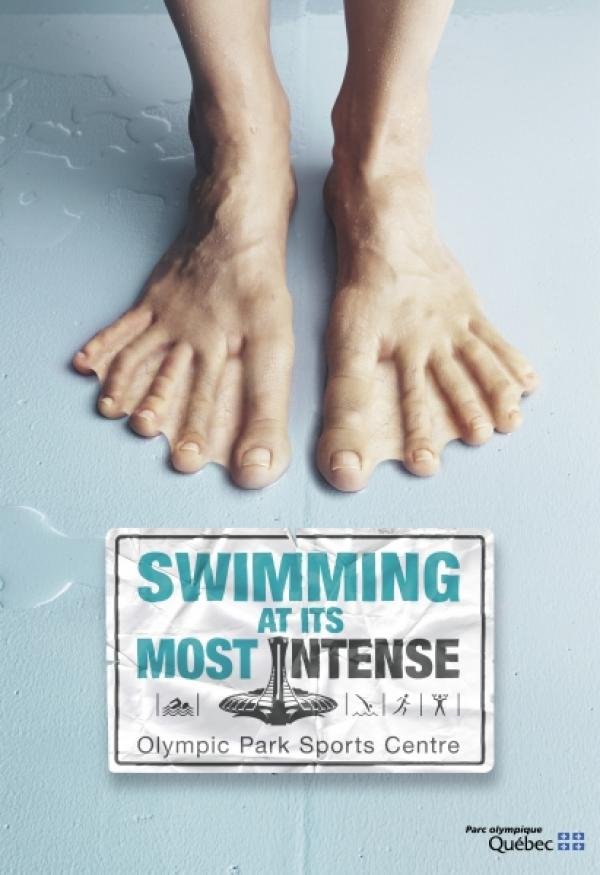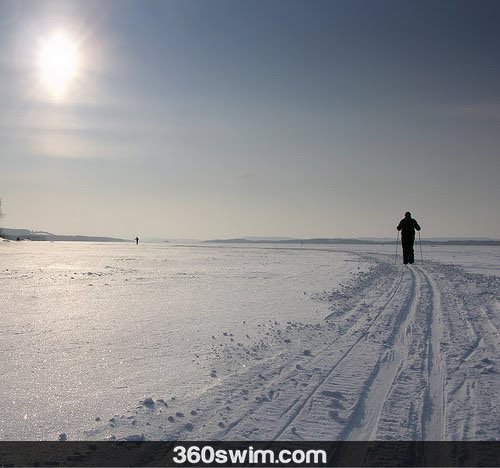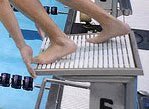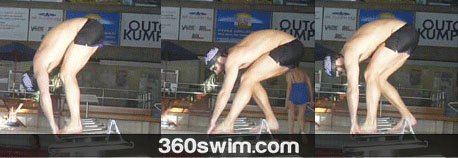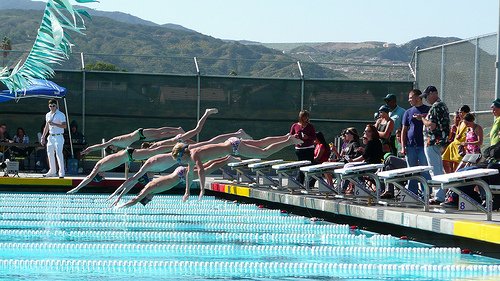LEVEL 3 - INTERMEDIATE
Swim Smarter not Harder
Put your phone down and go swimming!
Swimming Help For Level 3 - Intermediate
Swimming is a wonderful sport with countless benefits, but it's common to feel like you've hit an impenetrable wall in your progress - a plateau. Your times stop improving, swimming doesn't get easier, and you can't seem to master a new skill. This can be frustrating, but what if there was a sec...
Continue reading...Walk into any public pool, and you'll see it: the slow, head-up breaststroke with a lazy, wide kick. In the Czech Republic, we call it the "Mrs. Mayor" style and while it might keep your hair dry, it's inefficient and puts a huge strain on your neck and lower back. In the olden days, the stereotyp...
Continue reading...There is no doubt about the greatness of Mark Spitz in his time and Michael Phelps' dominance in the modern era. Both are multiple Olympic champions with legendary status. But these two giants are separated by four decades of innovation. When Mark Spitz won 7 gold medals in 1972 Munich Olympics,...
Continue reading...For many swimmers, the word "butterfly" brings a sense of dread. Coaches often see faces fall the moment it's written on the workout board. But this fear is totally unnecessary. The secret to butterfly isn't brute strength; it's technique. Without the proper rhythm and timing, it is indeed the har...
Continue reading...I have already discussed proper body position while swimming freestyle and the drag forces that act upon your body on numerous occasions on this blog. However, the reality of it is that it is very easy to say, "swim relaxed with good body position", but a bit more difficult to actually perform...
Continue reading...In today's world, working on a computer is a fact of life. But with this technology comes a major negative side effect: terrible body posture. I know I am guilty of it. Even as I write this, I have to fight the urge to slouch. This constant battle against "computer posture" is something most of us...
Continue reading...If you’ve taken a few swim lessons or spent time around pools, you’ve probably heard of the phrase “feeling for water.” Some swimmers seem to instantly know how to grab the water, while others (even after years) struggle to generate propulsion. This “feel” often seems innate, but where there is...
Continue reading...After the introduction and later shameful prohibition of the fast full body racing suits, a new groundbreaking technological advancement was approved by the world swimming governing body, FINA. This time it has nothing to do with a swim suit fabric or swim equipment, but the good old medical...
Continue reading...When the weather turns cold, finding a good cross-training alternative to supplement your swimming is key to staying fit and improving your strength. While you should always be doing some form of dryland to build core body strength, one of the best and most enjoyable winter activities for a swimme...
Continue reading...When it comes to the swimming track start, one of the first questions every swimmer asks is: "Which foot should I put forward?" One could assume it's based on your dominant hand, but foot dominance is often more complex as this study indicates. You could be right-handed but have a dominant lef...
Continue reading...Should I do a track start or a grab start? It's a question every competitive swimmer asks, and the answer is: it depends. Your ideal start depends on your body type, flexibility, power, and even the event you're swimming. Many swimmers still haven't figured out which is best for them, and some eve...
Continue reading...In our previous lesson, we covered the on-block mechanics of a great start: reaction time and a powerful push-off. Now, it's time to master what happens after you leave the block. A powerful dive is useless if you lose all your speed in the water. This lesson will break down the three crucial...
Continue reading...

